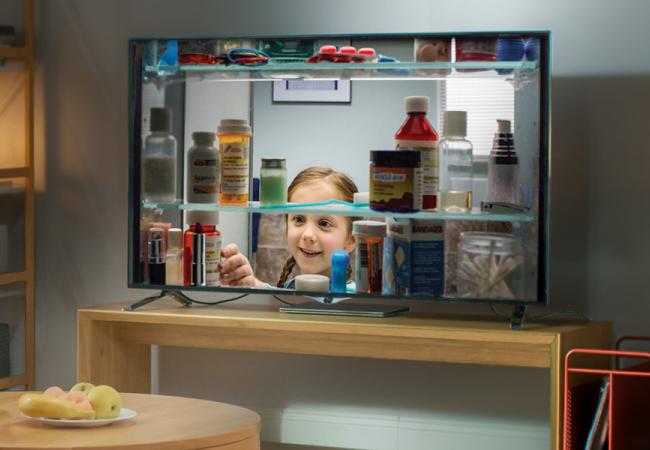Our Impact.
“IQ Solutions has been dedicated to creating meaningful change since our founding. By delivering clear and innovative solutions, we empower individuals and communities to make informed decisions and achieve their goals."
— Ileana Quintas, CEO

Case Studies and Trending Topics.
Telehealth offers promising way to provide substance use disorder treatment during pregnancy
Compassionate care and reducing stigma improve health outcomes.
Natural Disasters Threaten Children’s Mental Health
The youngest generation will face many more weather-related disasters.
Elevating the Community Voice about Tobacco-Related Issues through Mixed-method Research
Connecting youth intermediaries with youth tobacco use prevention education.
Addressing the opioid epidemic can start at home
Helping the U.S. Food and Drug Administration Remove the Risk of unused opioids.



